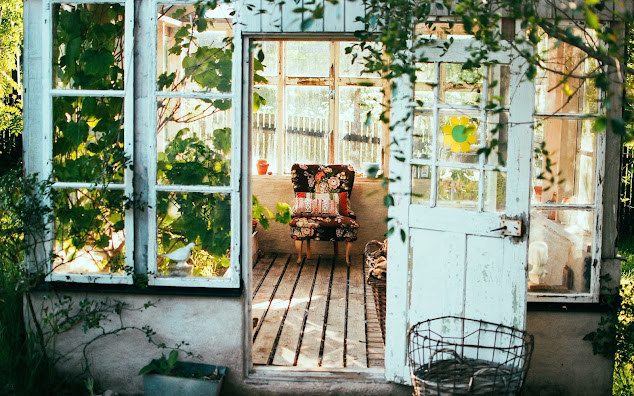Retaining Walls: Practical Garden Solutions with Beautiful Results
Retaining walls are practical and aesthetically pleasing additions to any garden. They serve a functional purpose by holding back soil and creating different levels, but they're also perfect for adding design elements to your outdoor space. Whether you're a homeowner, landscape designer, or DIY enthusiast, there's a retaining wall solution out there for you. In this blog post, we'll explore the different types of retaining walls and materials available, and offer tips on how to choose the best solution for your needs.
When it comes to choosing a retaining wall, there are several different types to consider. Gravity retaining walls rely on their weight to hold back soil and typically feature stone or concrete materials. Cantilever retaining walls use reinforced concrete beams to support the weight of the soil, while anchored retaining walls feature a system of cables or rods to anchor the wall securely to the soil. Finally, sheet pile retaining walls utilize interlocking steel, vinyl, or wood sheets to hold back the soil.
Once you've determined which type of retaining wall will work best for your garden, you'll need to choose a material. Concrete, stone, and brick are popular choices for gravity and cantilever walls, while treated timber, vinyl, and steel are commonly used for sheet pile and anchored walls. When selecting a material, consider factors such as durability, cost, and design aesthetics. Look for materials that blend seamlessly with your existing outdoor space and won't require frequent repairs or maintenance.
When designing your retaining wall, don't be afraid to get creative. Retaining walls can serve as design elements in your garden, helping to define separate areas and create a cohesive look and feel. Consider incorporating curves or levels into your wall to add visual interest, or experiment with different materials to create a unique texture or pattern. When designing your retaining wall, keep in mind the surrounding landscape and make sure your design complements rather than detracts from the natural beauty of your outdoor space.
Proper installation is crucial to the success of your retaining wall. Make sure to consult with a professional or do your research ahead of time to ensure that your retaining wall is installed correctly and safely. Improper installation can lead to erosion, structural damage, or even collapse, so it's worth investing the time and money to do it right the first time.
Retaining walls are an essential part of any garden, providing both functional and aesthetic benefits. With so many types and materials to choose from, it's easy to find a retaining wall solution that fits your needs and preferences. Whether you're adding a retaining wall to hold back soil or to enhance your garden's look and feel, be sure to choose the right materials and work with a professional to ensure a safe and successful installation. With a well-designed and executed retaining wall, you can enjoy a beautiful and functional outdoor space for years to come.
Photo by Anne Nygård on Unsplash




Comments
Post a Comment